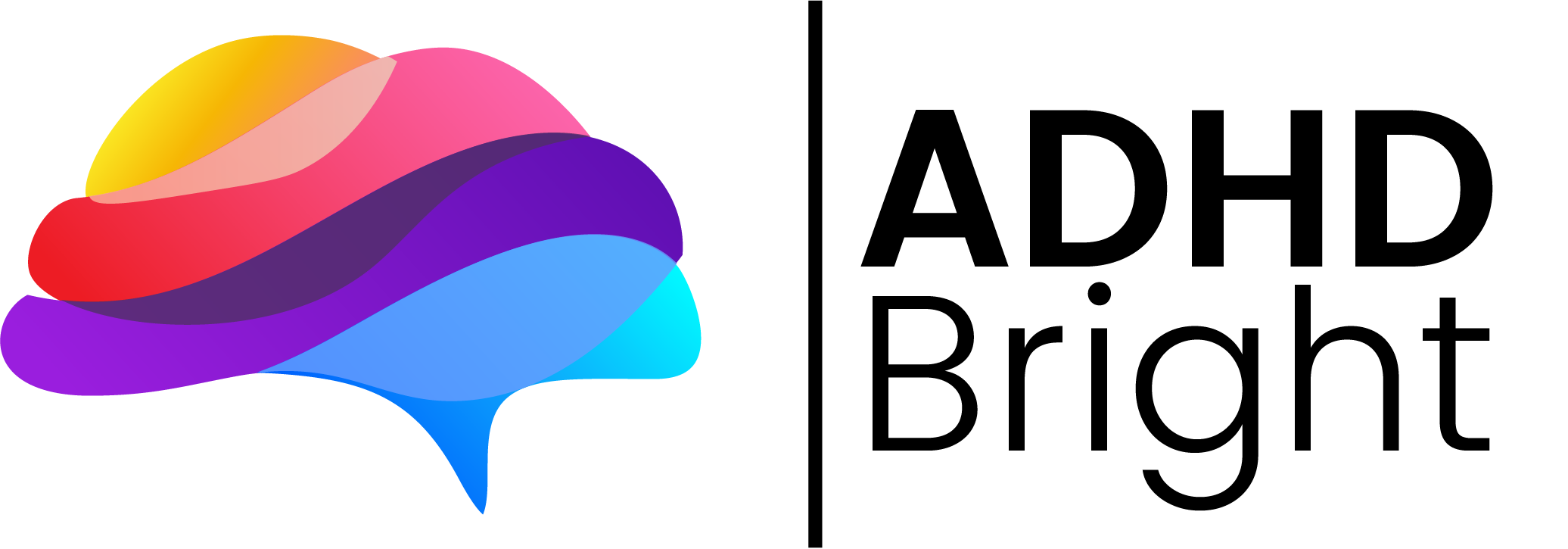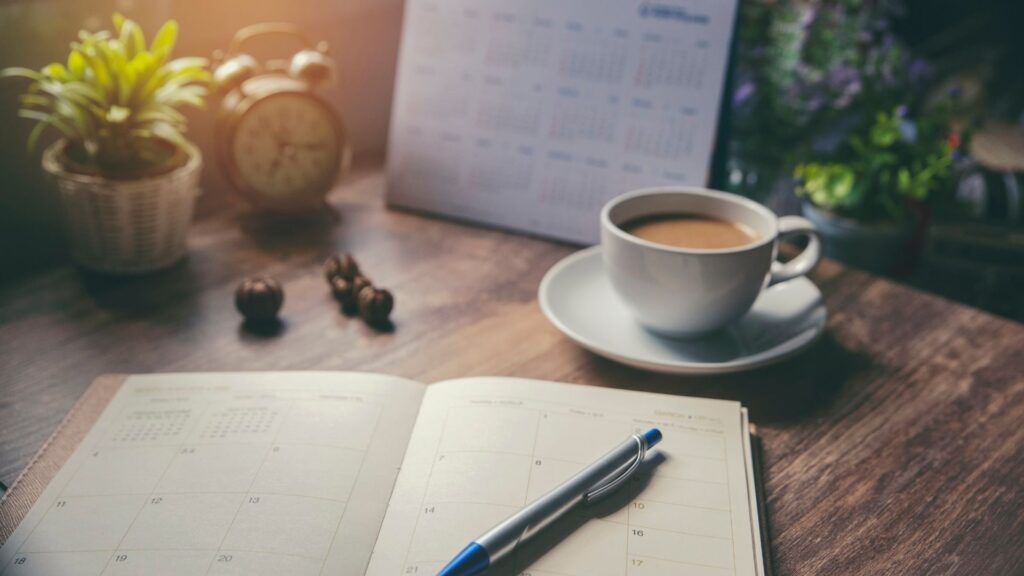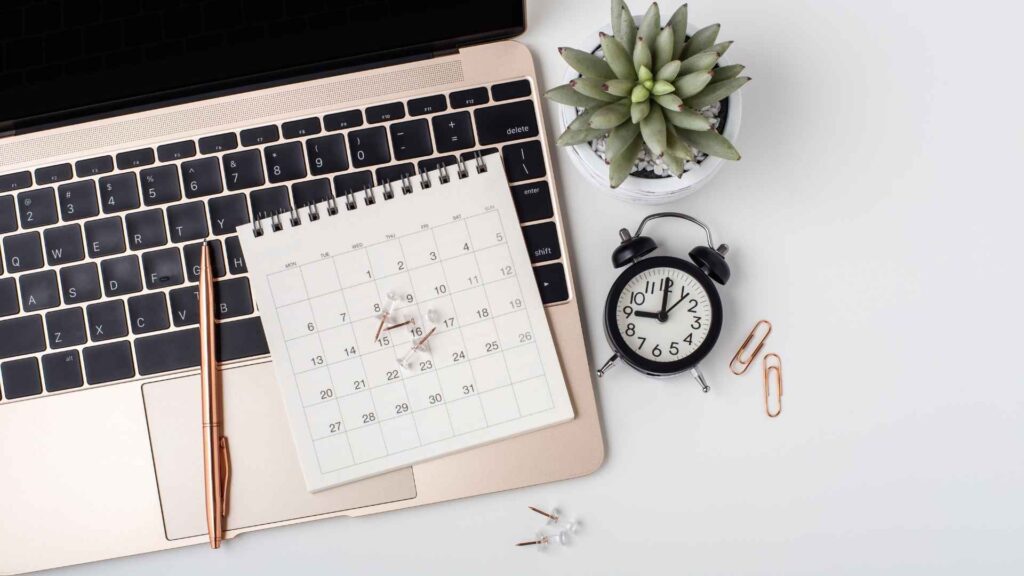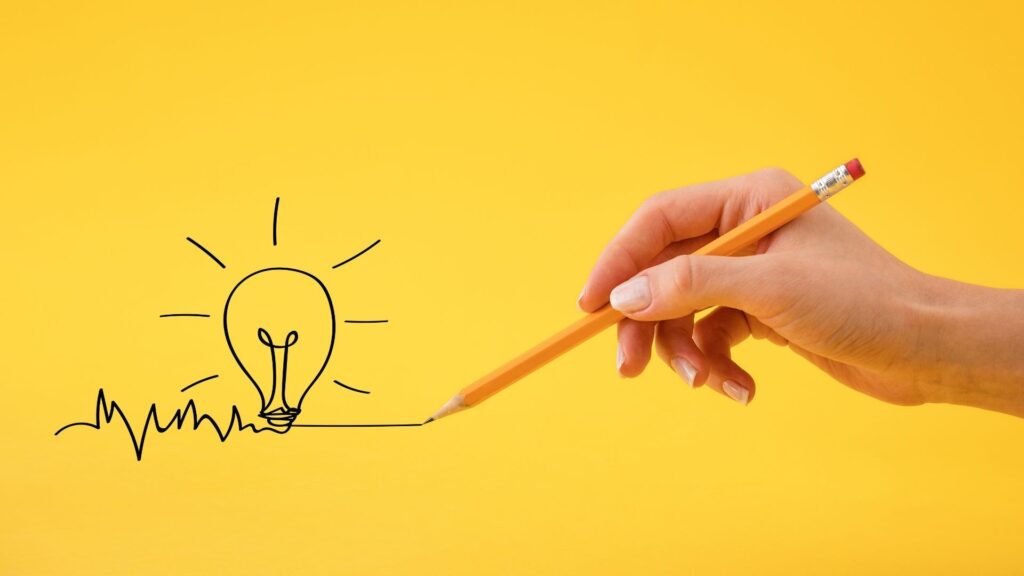If you live with ADHD, you know that planning isn’t just about productivity—it’s about getting through everyday life without missing appointments, forgetting important items, or drowning in half-finished tasks.
But here’s the truth: there’s no perfect planner. The best planner for ADHD is the one you’ll actually use—because ADHD brains don’t all work the same way.
What the Science Says About ADHD and Planning
Research shows that people with ADHD have lower baseline dopamine levels (Volkow et al., 2009). That means it’s harder to stay consistent, complete daily tasks, or feel motivated without small, frequent rewards.
That’s why checking something off a to do list, finishing a habit streak, or seeing your progress visually gives you a literal dopamine boost. Those small “wins” reinforce consistency and help you build long-term structure.
Studies show:
- 30–40% improvement in working memory when ADHDers externalize their planning systems (Martinussen et al., 2005).
- Up to 40% more completed tasks when using checklists or visual planners (Gawande, 2009).
- Reduced stress and improved focus through journaling and reflection (Pennebaker & Beall, 1986).
So, the best planner for ADHD isn’t about discipline—it’s about design. You need a system that supports how your ADHD brain works, not one that fights against it.
My Own ADHD Planner Experience
Over the years, I’ve bought countless paper planners—from gorgeous yearly calendars to the classic Planner Pad. I loved how they looked but never stuck with them for more than a week.
They were bulky, heavy, and I couldn’t carry them everywhere. When I remembered something while out with friends, I had nowhere to write it. By the time I got home, it was gone.
Eventually, I stopped using them for planning and turned them into journals—processing my thoughts, tracking emotions, and writing recipes. Those empty pages became reminders of inconsistency, but also a revelation: I didn’t need a stricter planner—I needed one that was more forgiving.
Now, I use a digital planner that travels with me everywhere. It’s lighter, more flexible, and rewards me for checking in. For the first time, I’ve found something I can actually stick to.
“The best planner for ADHD is the one you’ll keep using—even on the bad days.”
What Makes the Best Planner for ADHD?
1️⃣ Flexible Structure (Not Blank Chaos)
Too much structure? You’ll abandon it by week two.
Too little? You’ll drown in sticky notes.
The best planners for ADHD strike a balance—ready-to-use weekly planners with space for messy brain dumps and flexibility when you need it.
Research-backed tip: ADHDers succeed when they break big tasks into smaller steps and reduce decision-making. That’s called task chunking, and it’s proven to boost follow-through.
💡 Helpful feature: Built-in templates for weekly, monthly, and project planning—so you can start right away without reinventing the wheel.
2️⃣ Visual and Rewarding Design
ADHD brains crave stimulation and clarity. Visual feedback—progress bars, color coding, and habit trackers—can trigger dopamine and boost motivation (Schultz, 2016).
Look for:
- Bright colors that guide your attention
- Mood trackers that help you reflect
- Reward systems that make progress feel good
These tiny dopamine hits make a massive difference in consistency.
3️⃣ Reminder-Driven Systems
A planner without reminders is just a notebook.
ADHD adults benefit from systems that ping them at the right time—helping them manage transitions and minimize distractions.
Example: A digital planner that syncs with your phone, sends recurring reminders, or integrates with your Google Calendar. It should meet you where you are—because out of sight = out of mind.
4️⃣ Built for the ADHD Brain (Not Against It)
Most planners assume you already have organization systems in place. But ADHD adults need structure that builds itself.
The best planner for ADHD is designed specifically to reduce cognitive overload, support memory retention, and make follow-through natural—not forced.
Research confirms:
- CBT-based journaling reduces ADHD symptoms by 30–40% (Safren et al., 2010).
- Habit-building improves dopamine regulation when paired with visual rewards.
Helpful feature: Reflection pages, habit trackers, and gratitude journal prompts that strengthen self-awareness and emotional regulation.
Common Types of ADHD Planners
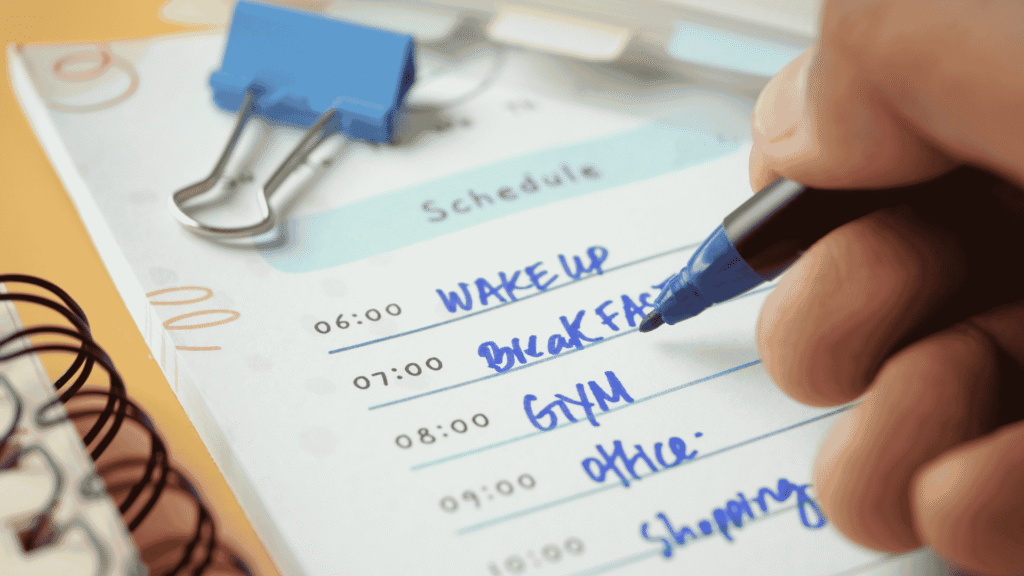
Paper Planners
Examples: Planner Pad, Passion Planner, Happy Planner.
Pros: Tactile, screen-free, satisfying to decorate.
Cons: Heavy, rigid, and prone to abandonment if you miss a week.
If you love pen and paper, choose a paper planner that includes monthly calendars, open space for notes, and flexible weekly layouts.
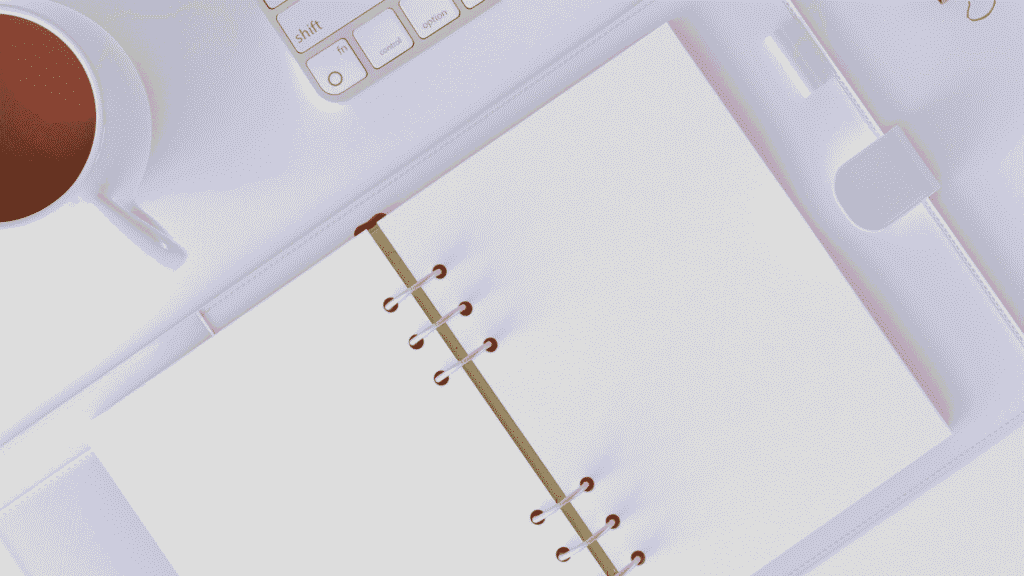
Bullet Journals
Pros: Totally customizable; great for creative minds.
Cons: The blank page can trigger overwhelm.
If you love doodling or crafting, a bullet journal can double as a self care tool—add inspirational quotes, color-coding, and mood logs for motivation.
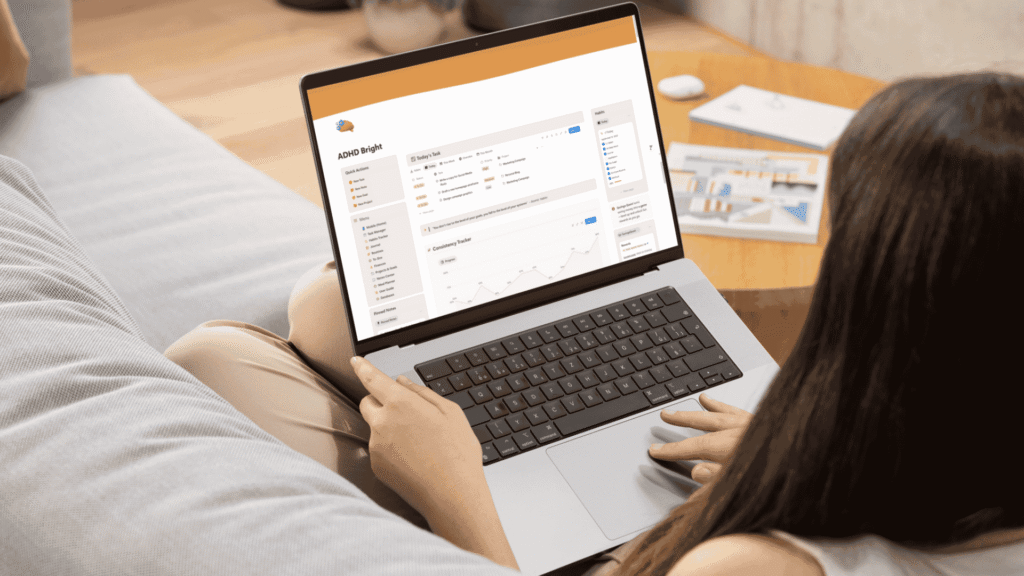
Digital Planners
Ideal for ADHD adults who are often on the move.
A good digital planner makes it easy to track habits, log tasks, and access everything from your phone.
⚠️ Just be careful: not all digital planners are ADHD-friendly. Some demand too much setup or daily rebuilding. The best ones are ready-to-use, forgiving, and fun to open.
Research-Backed Benefits of Using an ADHD Planner
✅ 30–40% improvement in working memory (Martinussen et al., 2005)
✅ 25–35% better time management using visual time-blocking (Rubia et al., 2009)
✅ Up to 40% more tasks completed with checklists (Gawande, 2009)
✅ Significant reduction in stress and emotional overwhelm through journaling (Shaw et al., 2014)
In short: the right ADHD planner doesn’t just help you plan—it changes how you feel about planning.
Match Your Planner to Your ADHD Profile
| ADHD Profile | What You Need | Best Fit |
|---|---|---|
| Time-Blind & Always Rushed | Visual structure, weekly planner, clear reminders | A planner that shows time visually |
| Forgetful & Paper-Cluttered | Centralized system, everything in one place | Digital planner with synced notes & tasks |
| Creative & Nonlinear Thinker | Flexibility + color + freedom | Bullet journal or Planner Pad |
| Emotionally Reactive | Reflection, mood tracker, gratitude journal | Planner with CBT-based journaling |
| Goal-Oriented but Overwhelmed | Simplicity, progress tracking | Minimalist planner with habit trackers and long term goals |
A Quiet Nod to ADHD Bright
If you’re looking for a great tool that blends all these insights into one system, ADHD Bright is a strong contender.
It’s a planner for ADHD designed with neuroscience—built in Notion, but ready to use instantly. It combines the science of dopamine, CBT journaling, and time management into one system.
Inside ADHD Bright, you’ll find:
- A real brain dump hub for mental clarity
- Habit trackers and mood trackers that make consistency rewarding
- Tools for weekly and monthly views, routines, and self care
- Visual, calming dashboards that help you stay organized and reduce stress
Unlike traditional planners, it’s forgiving—skip a few days, and it simply welcomes you back.
Final Thoughts: There’s No Perfect Planner
The perfect planner doesn’t exist. But the best planner for ADHD does—it’s the one you’ll keep coming back to.
Whether it’s a paper planner, digital planner, or bullet journal, the goal is simple: find a system that feels doable, rewarding, and supportive of your ADHD brain.
Because the right planner isn’t just about getting more done—it’s about creating calm, building consistency, and finally feeling in control of your life.
Next: Discover the science-backed strategies that help ADHDers actually stick with their planners. Read Part 2: How to Finally Stick With Your ADHD Planner — Backed by Neuroscience
References
Faraone et al. (2021); Volkow et al. (2009); Cortese et al. (2012); Martinussen et al. (2005); Gawande (2009); Safren et al. (2010); Shaw et al. (2014); Pennebaker & Beall (1986); Rubia et al. (2009); The Neuroscience Behind the ADHD Bright Planner (2024).
